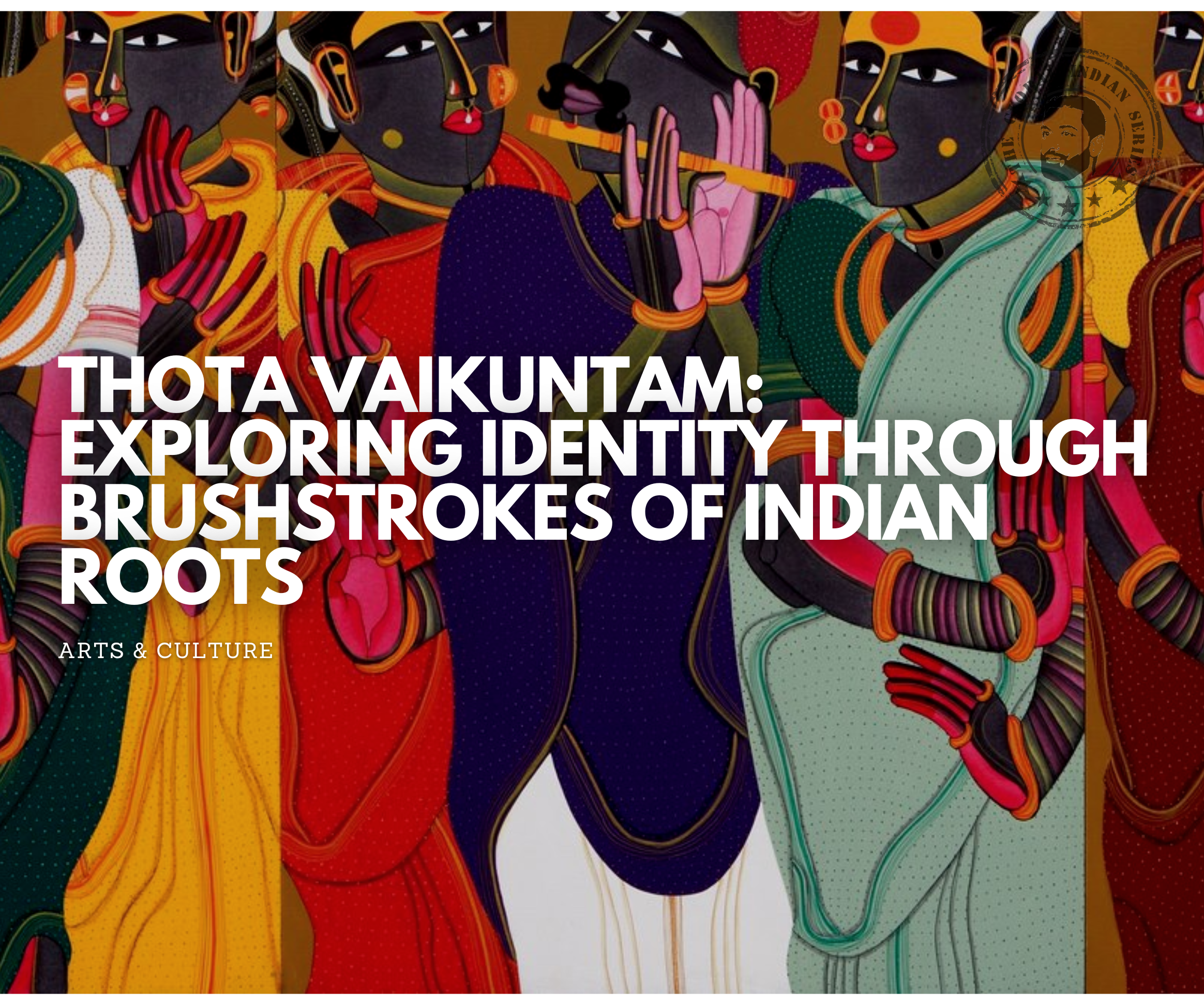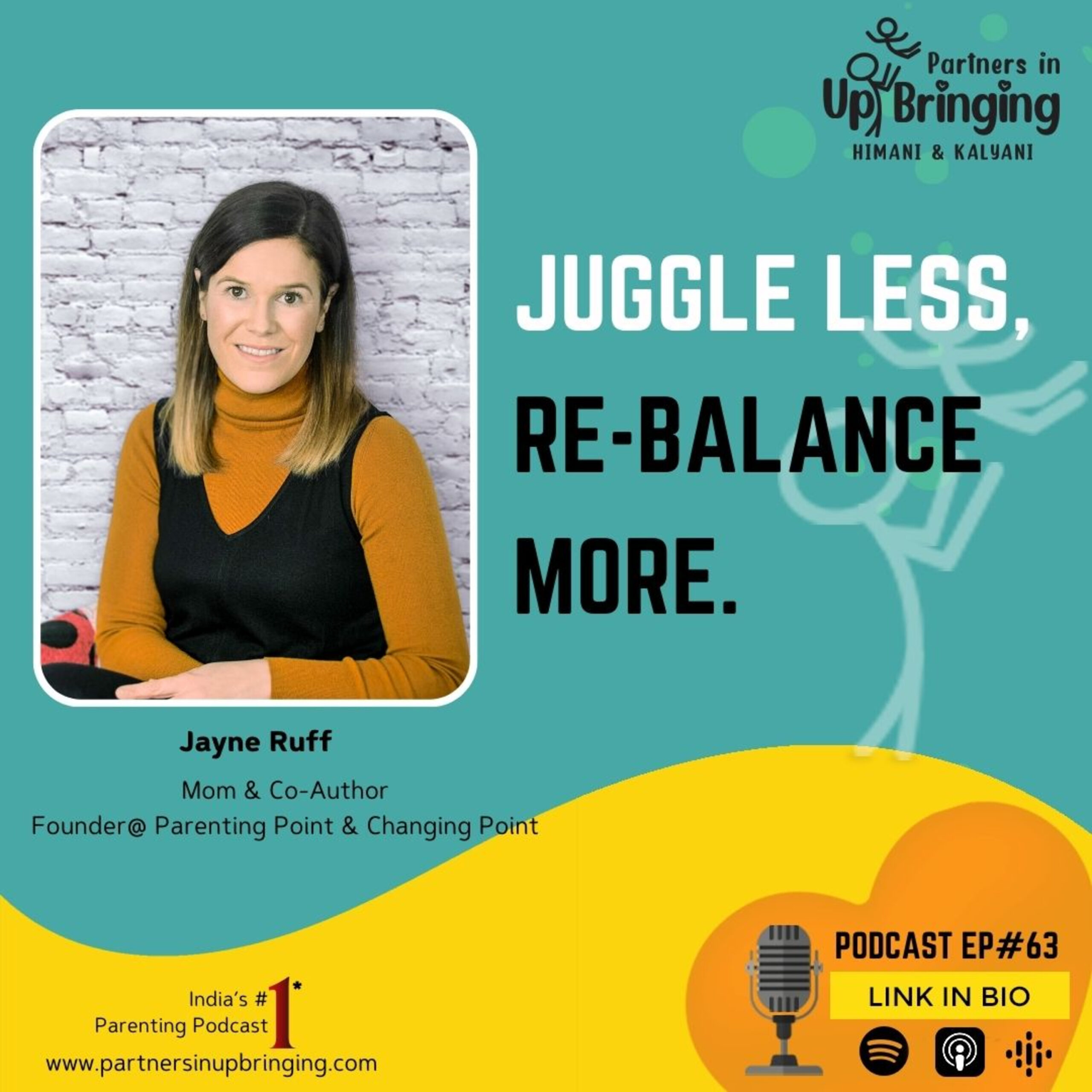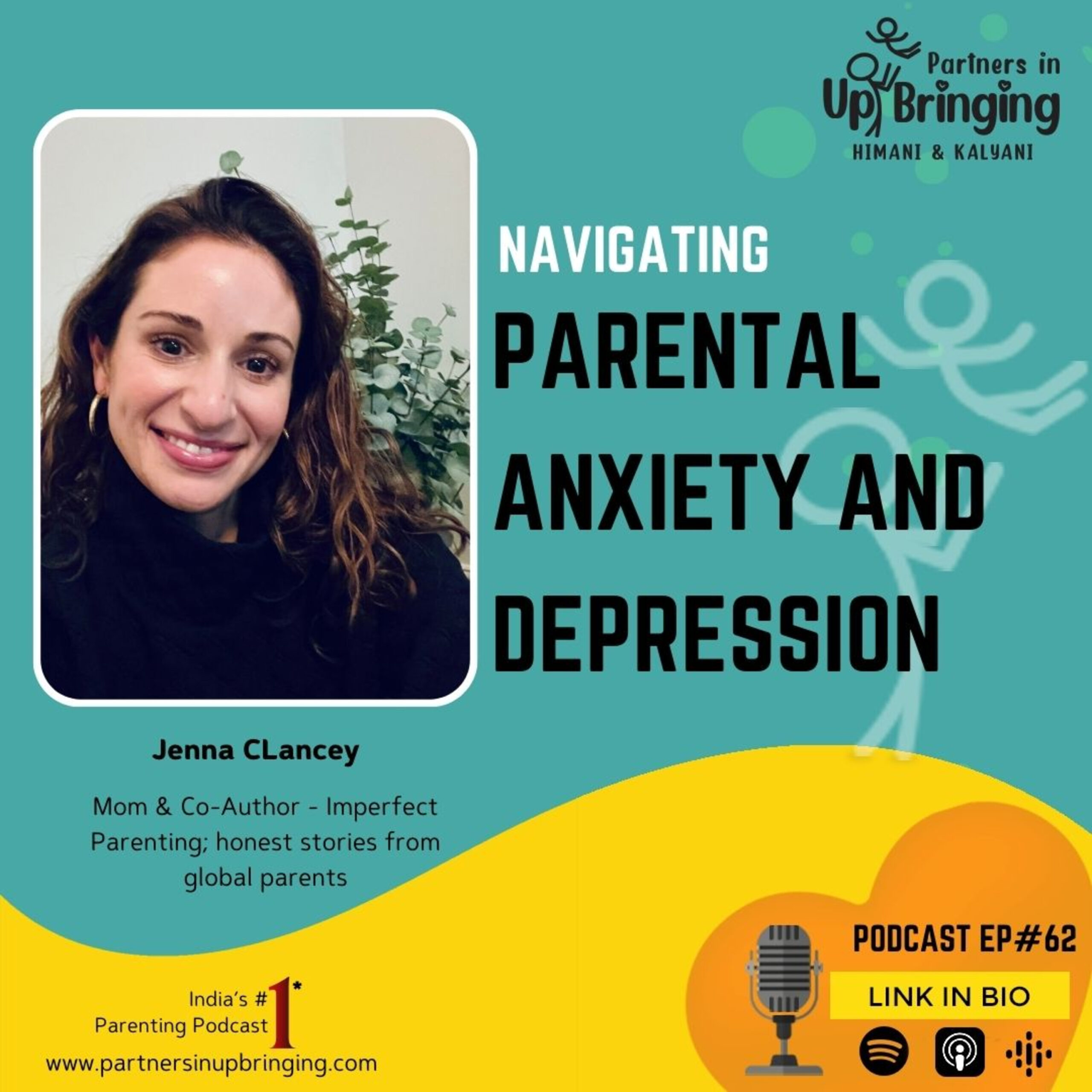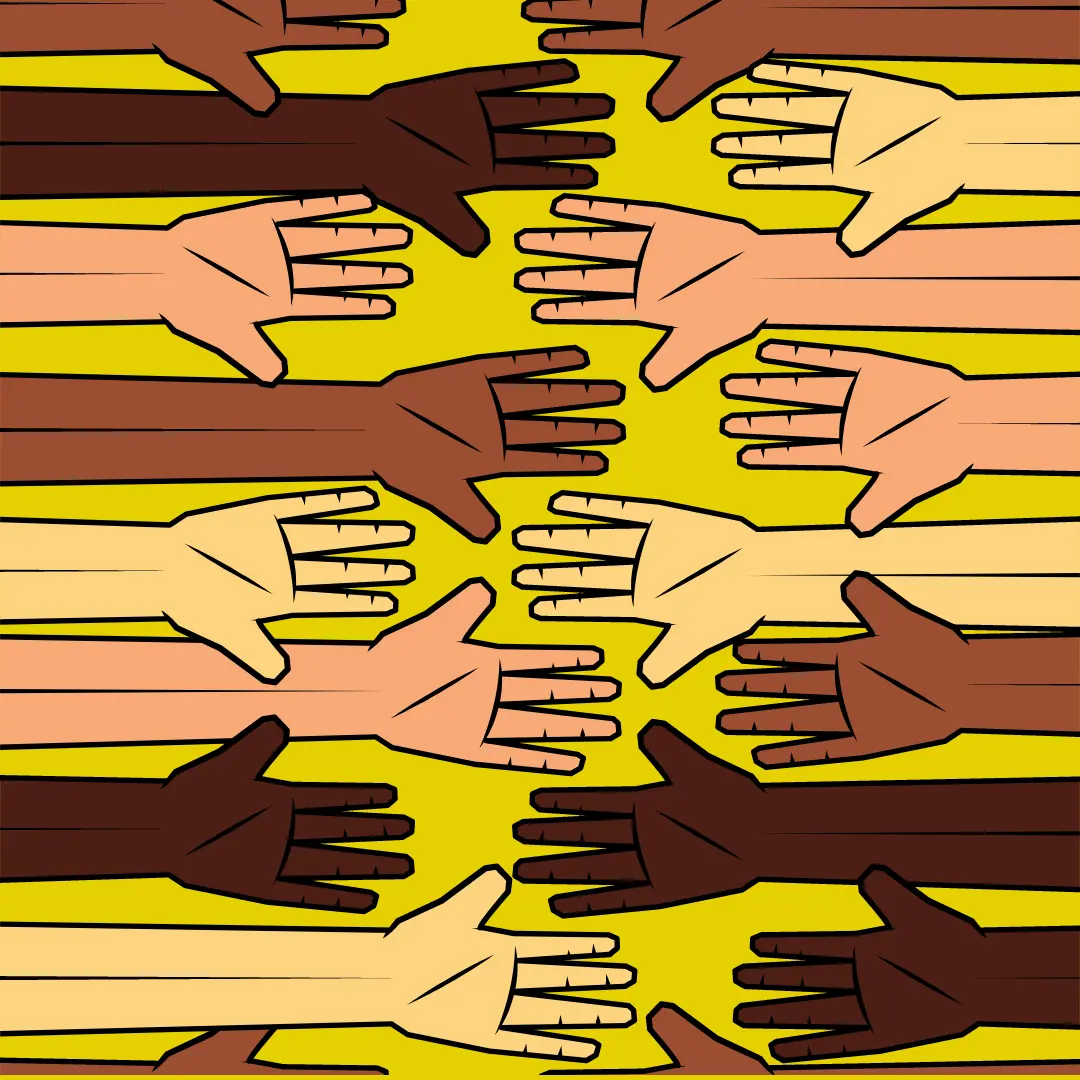Thota Vaikuntam: Exploring Identity Through Brushstrokes Of Indian Roots — ONE OF THE life-altering moments that Thota Vaikuntam remembers vividly from his student days at the Baroda College (1971-72) was his mentor KG Subramanyan’s advice—“If you want your art to be original, stop following Europe and Britain. Instead, reach back into your own roots. The answer lies there.” That was a flash of reckoning for Vaikuntam but it wasn’t until a decade later that he finally found his voice. “Before that,” the 80-year-old artist admits, “I was painting like everybody else. There was nothing new about my work. But starting from the early 1980s, I decided to completely change my style and develop my own iconography.” Even among the Indian art world dominated by artists often using a brighter palette and a well-trodden trail of ancient mythologies and folktales for inspiration, Vaikuntam stands out. The beauty of his work—a staggering selection of 122 are on view at Saffronart’s galleries in Mumbai and Delhi as part of Thota Vaikuntam: A Celebration, an ongoing exhibition which is accompanied by a book of the same name (Aleph; pages 150; `1999)—is that you don’t need to be a savant to enjoy them. They are as much for the cognoscenti as perhaps they are for the layperson. This idea is reaffirmed when I speak to the Hyderabad-based artist: “I lived in the village of Burugupalli (Andhra Pradesh) for 13 years as a young boy. The childhood memories of rural bliss are something I cannot forget. At heart, I am a simple man, who loves to draw and paint. The same simplicity and values are reflected in my art.” Minal Vazirani, co-founder and president, Saffronart, who worked for nearly two years to bring this exhibition to the public, agrees: “Vaikuntam has forged a distinct pictorial language based on his own culture, memories and personal history. There’s dignity and authenticity to his visual ideals. More than anything, his work honours the spirit and culture of India.”
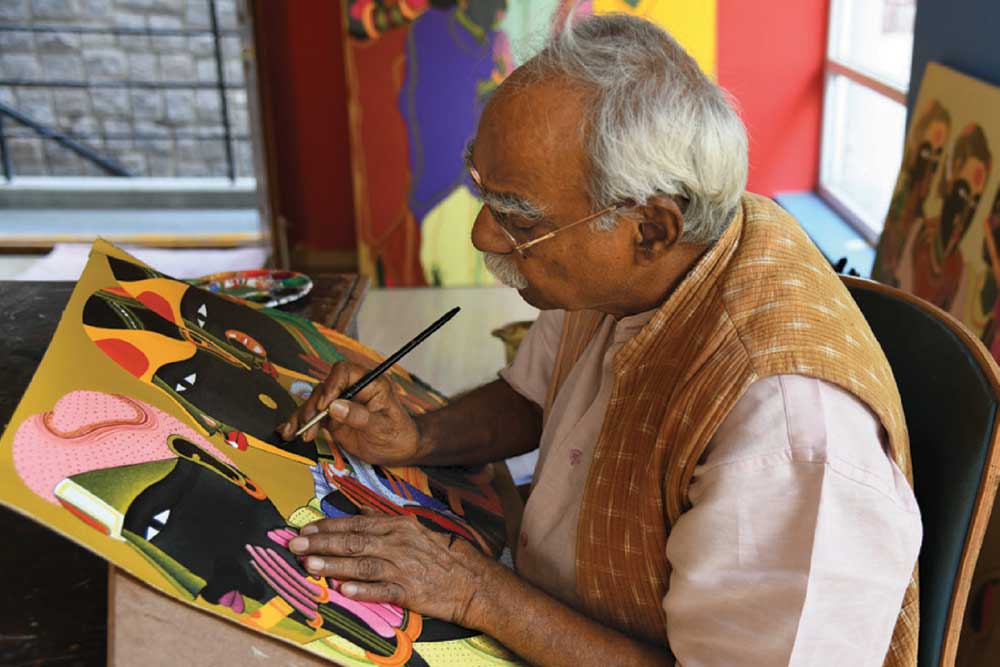
Thota Vaikuntam: Exploring Identity Through Brushstrokes Of Indian Roots
Brimming with goddesses, gods, ordinary folks, animals and birds, Vaikuntam’s tableau vivant invites viewers to celebrate the Indian way of life, warts and all and provides useful lessons in how to live in harmony with one’s environment. Simple joys of life are important to the artist — and by extension, to his art. The pantheon of Indian gods and their spiritual exploits is a recurring motif. Be it Lord Ganesha or Krishna, he paints the divinity with a stylised brush. One of the paintings on display depicts baby Krishna lifting the Govardhan Hill to protect the villagers, birds and animals of Vrindavan from Indra’s fury. There are endless variations on Ganesha, including one shimmering sculpture of the elephant-headed god cast in 18 carat gold. Vaikuntam says he’s compelled to rekindle the imagery of Hindu epics because of his religious upbringing. Street plays centred around the teachings of Ramayana and Mahabharata were popular during his growing up years in Burugupalli. “I fell in love with the greatest warriors like Bhima, Nakula, Arjuna, Hanuman and many others. Their stories had a powerful effect on my young mind. But only much later did I realise that it was Lord Krishna who was the real philosopher of Mahabharata. He spoke timeless truths. Because of his charisma he made people like me believe in the power of stories and miracles,” Vaikuntam says, reflecting on his earliest sources of inspiration. You can still detect the lingering influence of these street plays in the almost theatrical arrangements of his paintings. “I learnt a lot from theatre,” he concedes. “Their casting, their characters and the colourful costumes. Theatre was like one giant mela.”
When not glorifying the gods, Vaikuntam casts his gaze downwards — on the humans of Telangana. Of humbler origins, the common men and women of his native state inspire him in ways that few other subjects do. Though it looks like their lives are tough they wear a look of ecstasy. As he says, “Life in the village is a daily celebration. Village people don’t need an occasion to make themselves happy.” His male figures are mostly clad in dhotis while the womenfolk are proudly adorned in Sircilla saris. Their haldi and kumkum-smeared foreheads are further accentuated by a big red bindi, a detail that he insists he has taken from his mother. “My women are like goddesses,” he laughs, explaining, “My mother was like a goddess to me. Even today I feel my art is a tribute to her strength and grace. She was a village woman who may not have known much about art but the way she lived her life, that was art for me.”
“At heart, I am a simple man, who loves to draw and paint. The same simplicity and values are reflected in my art,” says Thota Vaikuntam, artist
It was Vaikuntam’s mother who gave him the courage and supported his ambition to be an artist while his father, who was a small-time businessman, wanted him to do something better with his life than pursue a profession with difficult prospects. “My father was worried about how I would make a living out of painting. He used to see the drama troupe in our village and feel bad that they had to work so hard to make ends meet. I guess he didn’t want his son to suffer,” he says. For Vaikuntam, his mother has been a hero of sorts in other ways too. He says he has always tried to emulate her example, both in his way of living and the integrity of his art. “From the moment she woke up to the time she went to bed, my mother was a beehive of activity. She was a hard worker, like any other woman in my village. Even today, my work ethics are like my mother’s. She never took a day off. Always doing something. Where do you find such people? That’s why I say that my mother is the starting point of my art.”
In the book, Vazirani calls him a “son of the soil”. And Vaikuntam truly revels in his idyllic past. He has fond memories of the village rituals. The flower festival of Bathukamma, for example, continues to haunt his imagination — a scene that plays out on his canvas in all its dramatic glory. The artist’s preference for primary acrylic colours is well known, and something he takes great pride in. He says, “I have noticed that city people traditionally go for softer shades but back in the Indian villages they embrace colour. The brighter the better. And when we talk of colour, we forget that it all comes from nature. If you go to a forest or a mountain you will see that nature never shies from making a dynamic and bold statement.”
SH Raza, who knew something about colour, once famously equated Vaikuntam with Jamini Roy, describing his paintings as “an original synthesis of traditional Indian concepts and demands of a formal logic of the international modern art.” True enough, Roy was one of the earliest artists to have rejected the Western ideals of art and found his mojo only when he reconnected with his Bengali roots at the time of the nationalist movement. Like Roy — and perhaps even Raza who returned to his homeland over and over again as a way to reclaim his own Indian identity — Vaikuntam’s work is folksy in genre, preferring simplified forms of expression over academic excellence. While he finds comparisons with Roy too daunting, he becomes emotional talking about Raza, Krishen Khanna and MF Husain who encouraged and supported him in his early years. “When Raza told me that he liked my paintings, that one compliment gave me great happiness,” he says, adding that he had received a prestigious state award in the 1980s that was handed over to him by none other than Husain who was on the jury.
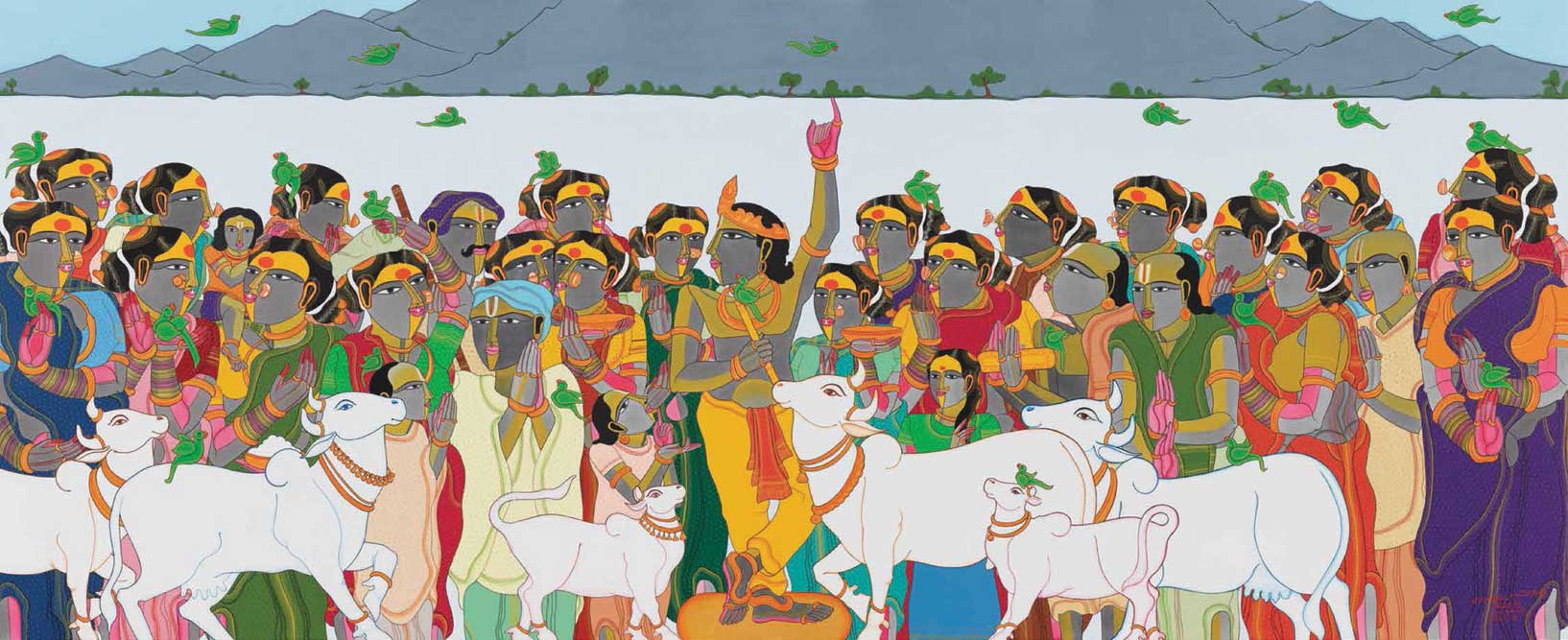
Thota Vaikuntam: Exploring Identity Through Brushstrokes Of Indian Roots
SPANNING OVER FIVE decades, Thota Vaikuntam’s career works on multiple levels. While he has stayed loyal to the figurative form in his avatar as a painter he has also worked as an art director on three films, bagging the National Award for Daasi in 1989. “I was struggling those days and needed the money,” he quips, before promptly adding, “I did these films for my friends. They were realistic films and they gave me a chance to explore the lives of ordinary people of this country. I can’t complain because the directors gave me freedom to do what I wanted to. I enjoyed the experience and have always loved the film medium.” He recounts watching films by Satyajit Ray, Akira Kurosawa and other masters of world cinema at film clubs in Hyderabad and Bombay. In his younger days, the artist lived in Bombay for a few years before returning to Hyderabad for good. “I went to Bombay as it was a big city,” he explains. “Since it had a lot of opportunities to sell paintings I tried my luck there but couldn’t be successful. So I came back and continued my work in Hyderabad. I have lived in Hyderabad most of my life now.”
For many years, Vaikuntam’s studio in Hyderabad was in his house. Today, it is next door. But creation, he insists, is not bound by a fixed address and can happen anywhere and under any circumstances. “Wherever I sit, I am always drawing and sketching. I don’t wait for inspiration to strike me. I don’t need to go out for my characters and stories. They are all in my mind and heart. I don’t make plans. I believe in working intuitively,” he says. Vazirani points out, “Even though he evokes memory in his art, it isn’t just memory at play. There are other factors, too. It’s nostalgia, intense emotion and intellectual connection with his village, which is his lifelong muse.”
One of Vaikuntam’s most recent obsessions is sculpture. “This mTOedium gives his voluptuous figures more nuance, depth and a certain 3D-like fullness, which he seems to enjoy. “He told me that the people in his village used to sit in a particular way and he wanted to capture that gesture in the sculpture form,” says Vazirani. For Vaikuntam, art itself is the medium. “I had no access to art material when I was young, so I worked with charcoal. Material is immaterial, so to speak. For me, art has always been about expression rather than the process. Still, I enjoy experimenting all the time and doing new things. You cannot think that you have done it all. As an artist you should always be open to the unexpected experiences that art can give you and have faith that it will take you places you haven’t been to before. The element of surprise makes the search for creativity worthwhile.”
(Thota Vaikuntam: A Celebration runs at Saffronart (Mumbai and Delhi) till November 12)
-------------------------------

